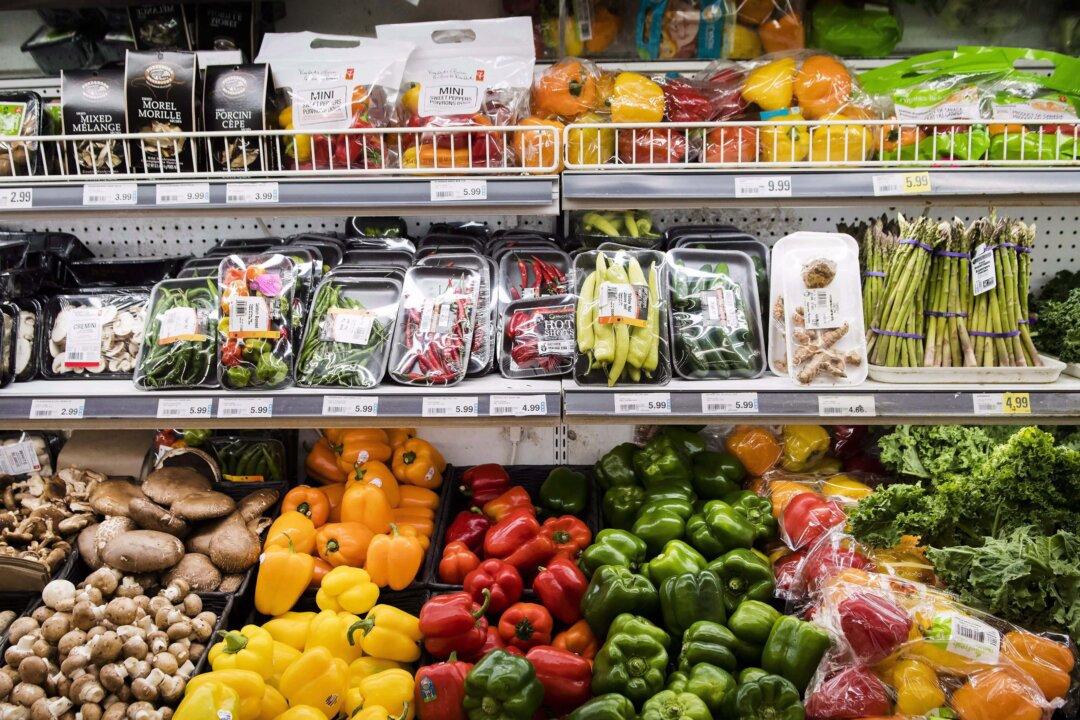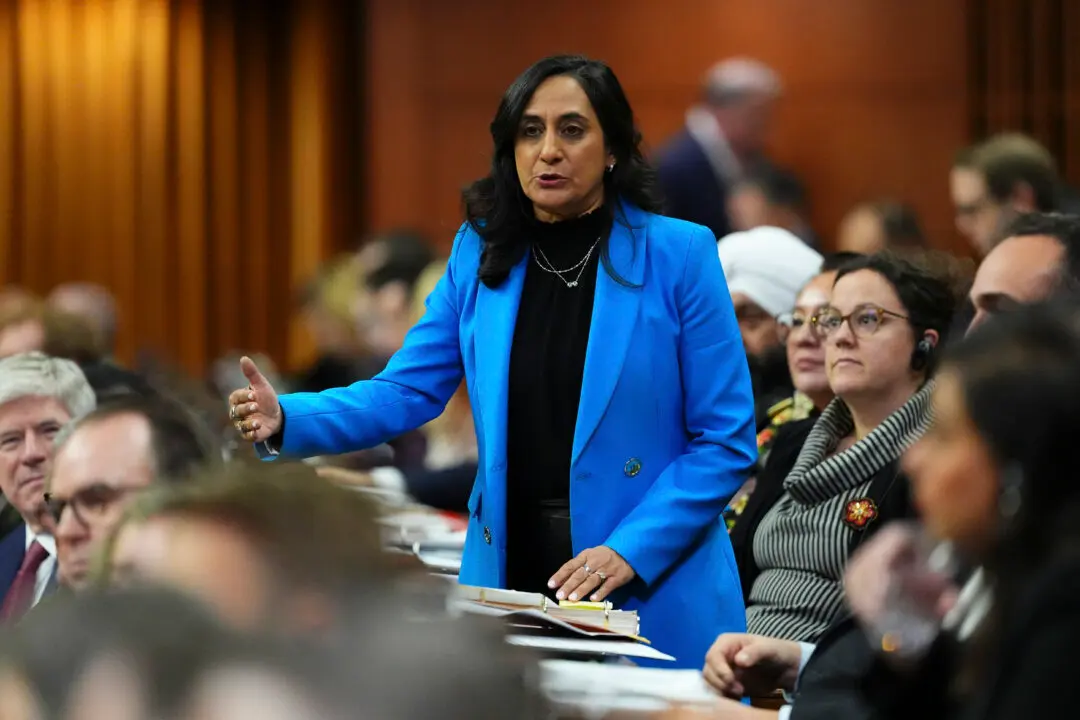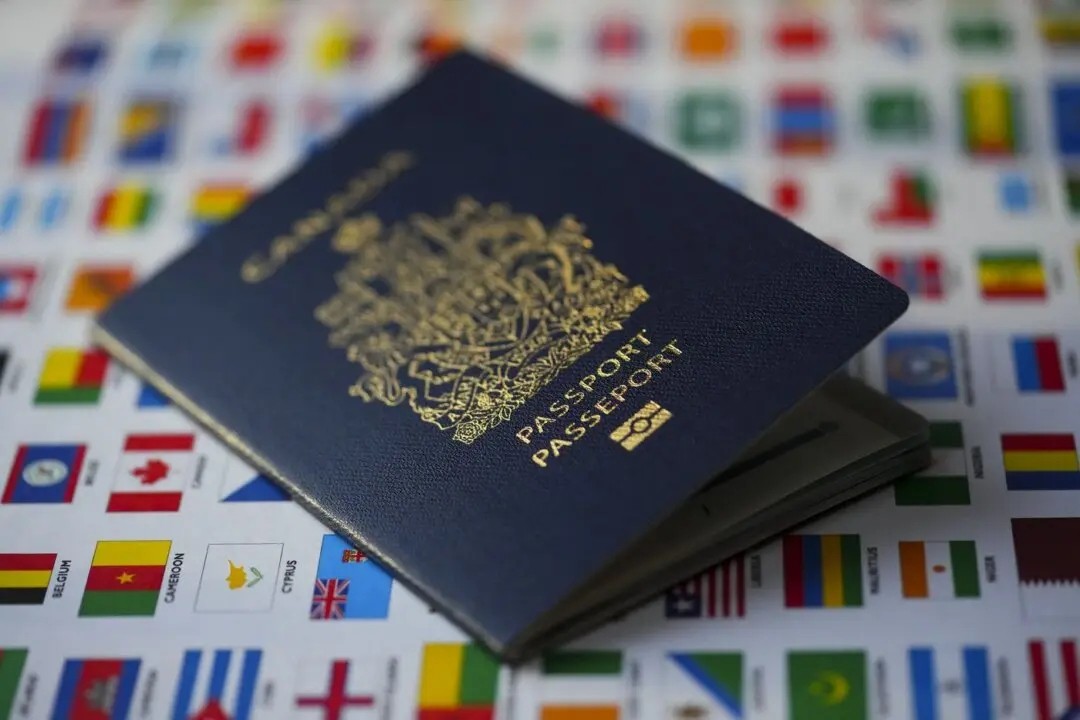Almost a quarter of Canadians are buying less food as they struggle to keep pace with higher food prices due to inflation, says a new report by a food research lab.
In a study to understand how rising inflation has impacted Canadians, Agri-Food Analytics Lab (AAL) at Dalhousie University found that 23.6 percent of Canadians have cut back on the amount of food they purchased in the past year to make ends meet.





